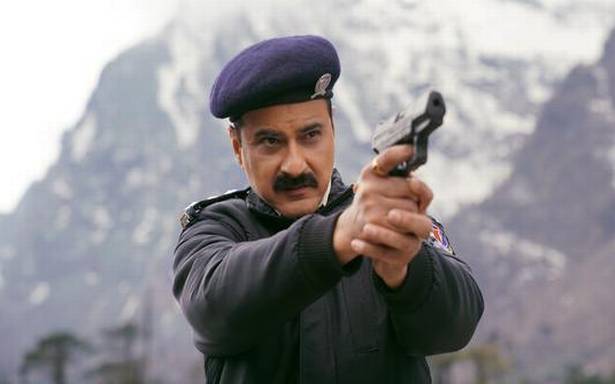Filmmaker Amit Kumar discusses his debut web series, ‘The Last Hour’, and the rapport he shares with British filmmaker Asif Kapadia, who has come on board as the executive producer
Amit Kumar announced his arrival with Monsoon Shootout (2013), his directorial debut that opened to critical acclaim, following which the filmmaker nearly disappeared, only to resurface in 2021 for The Last Hour, his debut web series for Amazon Prime releasing on Friday. In the seven years that transpired in between, Amit says he was living his life while also on the lookout for ideas that would excite him.
Also Read | Get ‘First Day First Show’, our weekly newsletter from the world of cinema, in your inbox. You can subscribe for free here
He issues a clarification saying he is not in a hurry to make films, “It was not like, ‘Oh, I’m a filmmaker and I have to make a film next year.’ It was more about finding an idea and allowing it to take shape and associating with the right people. Whenever I find those conditions match, I’ll make films,” he says, over a patch call, alongside Academy Award-winning filmmaker Asif Kapadia, his long-time friend and the executive producer of The Last Hour.
Though the “gestation period” may put a filmmaker in a lonely spot, it had the opposite effect on Amit. For, he believes he was overflowing with ideas. “The problem with me is, I have 10 ideas at the same time and I keep shuffling between them. In that sense, I would say the writing process was lonely,” says Amit, who has co-written The Last Hour with his wife, Anupama Minz.
He adds, “It was a different experience with a co-writer on board. You cannot really fight with yourself but the moment you have someone in the room, you can. We are two creative people and I still remember the time in London where we were cooking and throwing ideas around.”
Amit says there is a certain kind of structure (with a beginning, middle and end) through the prism of which he looks at the story and characters. On the other hand, his wife, Anupama, says Amit, prefers to look through the eyes of the characters. “I find it much easier to look at the story with this structure. In my brain bank, it is a finished product. With Anupama, it was a nice coming together of two worlds.”
Days of the past
Amit Kumar and Asif Kapadia go back in time. Asif was making a student film in India in 1996 when he first met Amit at Film and Television Institute of India (FTII). From scouting locations to finalising costumes, Asif says they were doing everything together. Amit was working on his short film, The Bypass (2003), when the duo met the late Irrfan Khan for the first time; the film was produced by Asif.
“It has become normal for me to share whatever I have in my mind with him [Amit] and likewise. It is only unusual if we don’t work together,” he says with a laugh, adding, “The Last Hour, which might be our eighth collaboration, is a continuation of the ideas and themes he discussed with me.”
The Amit factor was one of the reasons why Asif came on board as the executive producer. Although Amit says the concept has been “buzzing in Asif’s kitchen for a long time”. “At one point, I thought of making it into a feature film,” he says, “I never though of The Last Hour as a series and Asif felt the same way. But it was Anupama who thought it had the potential to expand into a series and when I went to Asif with the revised version, he too was delighted.”
A still from ‘The Last Hour’ | Photo Credit: Special Arrangement
The Last Hour is anchored by actor Sanjay Kapoor, marking his return on the screen after a long pause. He plays a police officer who is tasked with a mission of finding someone with the help of a young shaman, played by Karma Takapa. On casting Kapoor, Amit says he wanted an actor who would look believable. “I cannot choose an actor unless I see them performing. Sanjay auditioned for the role and only later revealed that he had never auditioned in his life!”
A supernatural thriller, The Last Hour employs jhakri (shaman), a popular belief in parts of Assam, Nepal, Himachal Pradesh to name a few, as a narrative device to move the story forward. Amit says the idea was to put the series in a certain geographical context. “During our research, I came across someone who spoke of a shaman turning into a tiger and he actually saw the transformation. Now I had 10 questions in my mind but I realised it was never about proof or evidence. It was more about the belief.”
Source: Read Full Article


